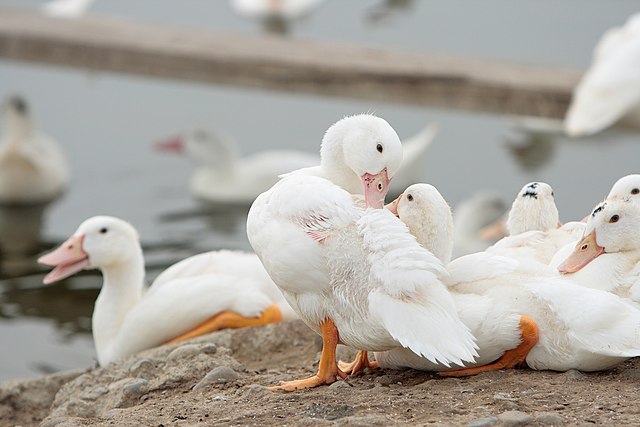On September 7, 2023, India reduced tariffs to 5% on U.S. duck, turkey, cranberry, and other agricultural products. This was a month after U.S. President Joe Biden and India’s Prime Minister Narendra Modi terminated a 10-year trade dispute.
U.S. Agriculture Secretary Tom Vilsack noted that the tariff-reduction agreement would create new market opportunities for American producers and exporters.”
The announcement happened on the sidelines of the G20 summit in New Delhi where the U.S. President met his Indian counterpart.
At the time of the announcement, United States Senator Amy Klobuchar enthused with gladness for the trade breakthrough. The senator said that India had been a no-go zone for American turkey farmers due to restrictive tariffs.
The nonprofit National Turkey Federation praised the agreement for bringing more nutritious protein to India and benefitting American turkey farmers.
Key benefiting products: Turkey and Duck
American exports to India favored by the deal include frozen turkey and duck, which now enjoy 5% tariff from the previous 30%.
India’s imports of U.S. ducks and turkey in 2022 were almost zero, according to ITC. partly due to the 30% duty.
The other key agricultural products in the decreased tariff lineup include legumes, particularly lentils and chickpeas.
Select fruits and nuts, ranging from apples and pecans to walnuts, are also currently garnering less duty than previously.
Before the resolution, American pecans and chickpeas had attracted the highest duty of all produce at 100% and 60%, respectively.
India’s Chicken-only Imports
In 2022, India imported $1.94 million worth of live poultry from the United States, the highest of any nation. The figure represented 54.7% of India’s total live poultry imports worth $3.55 million.
Of the poultry products, live fowls (chicken) represented almost 100% of the imports from the United States. The average import price was $0.94 per unit of live bird.
With the lowering of tariffs on duck and turkey, the above figure may augment next year.
The Duty Timeline
In 2018, India’s increased tariffs on global agricultural imports averaged 32.8%, above the World Trade Organization (WTO)’s median of 30%. Many of the targeted American produce, however, saw higher tariffs than the above average in the past 5 years.
Some of the highest tariffs in 2018 included those on imported chickpeas that rose overnight from 0% to 60%.
In April 2023, appetite for American pecans in India saw the latter slash import duty for pecans from 100% to 30%. This marked the start of a tariff reduction trend that culminated this September, with the WTO dispute resolution.
The slashing of tariffs ended a decade-long trade tiff that originally began after the U.S. consulted WTO on whether India’s ban on its poultry products due to bird flu concerns was legal.
